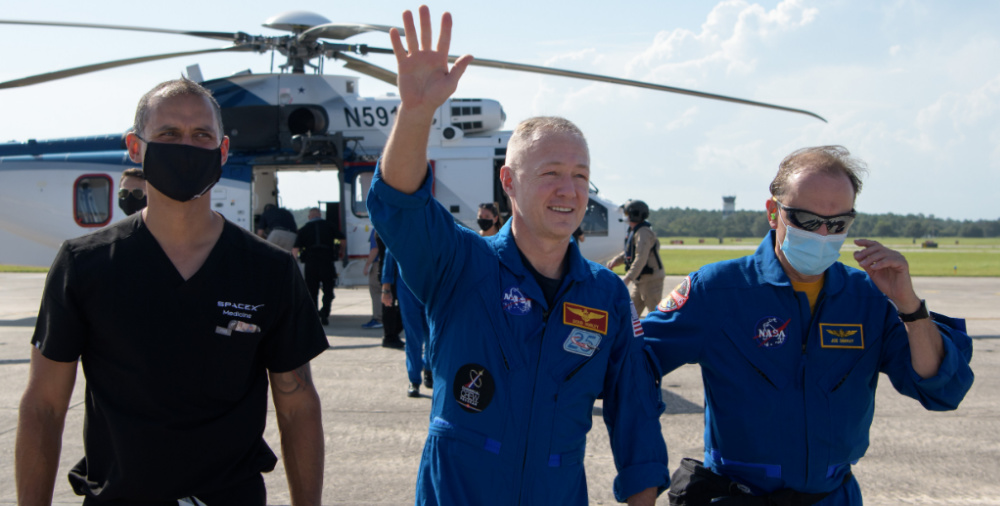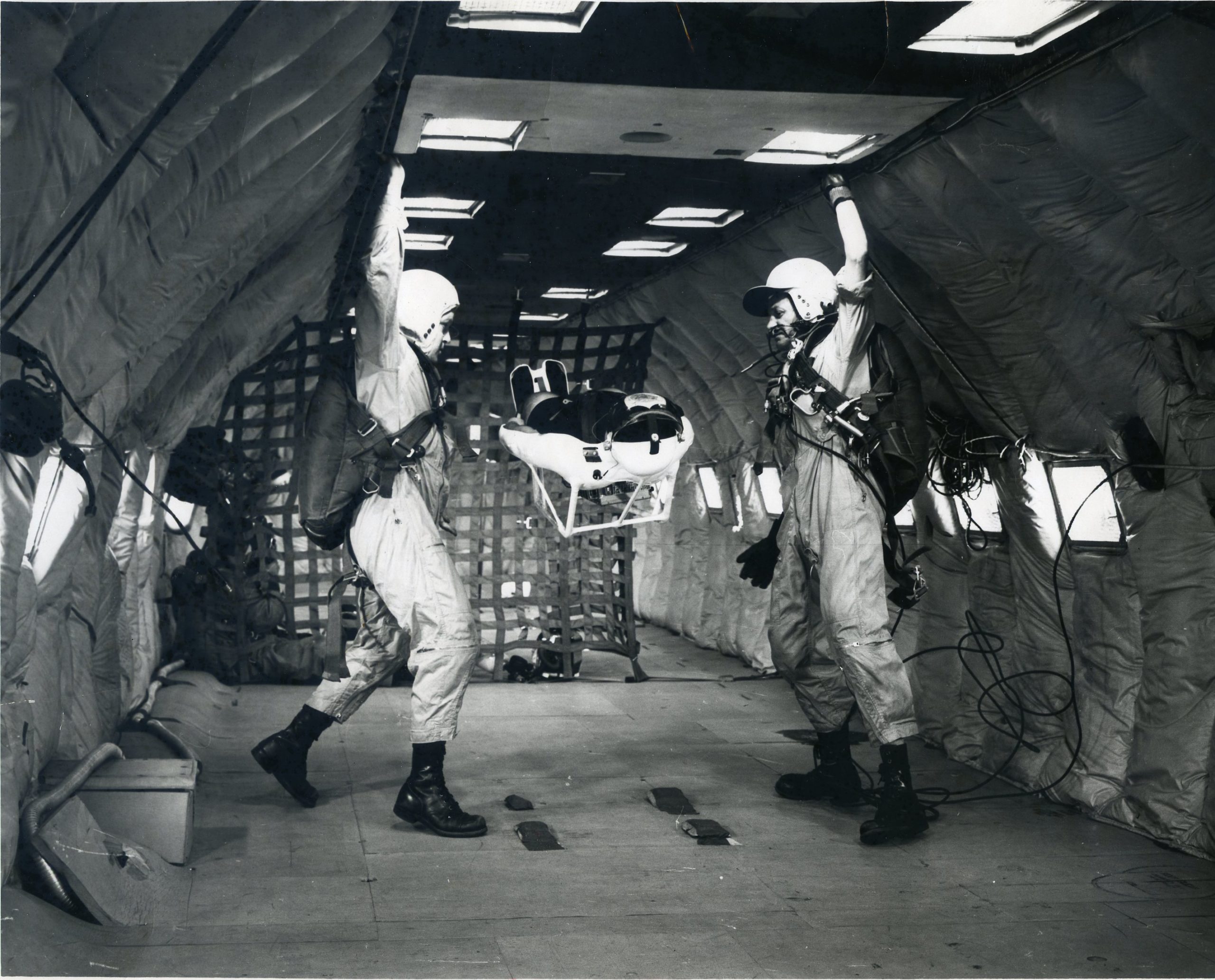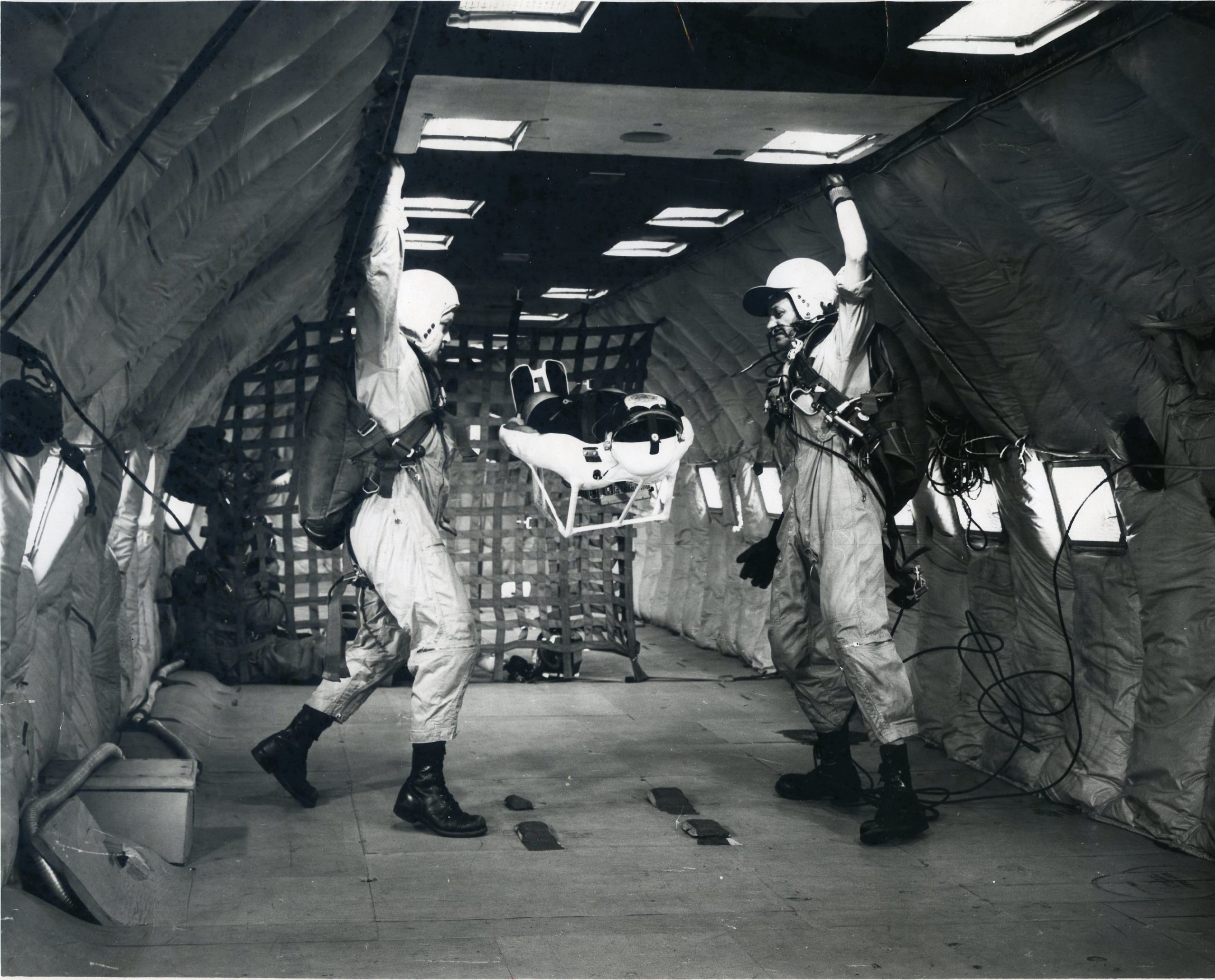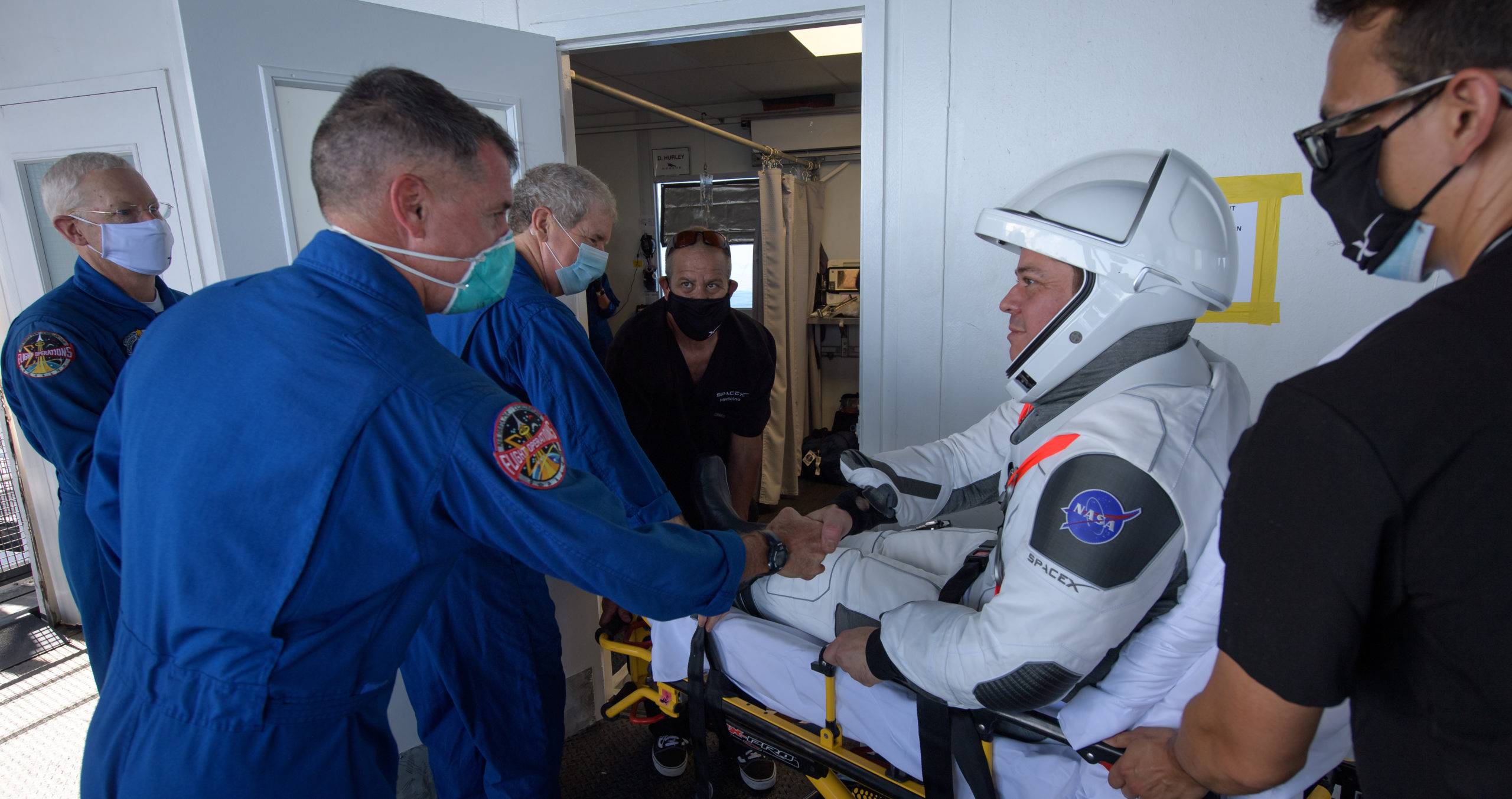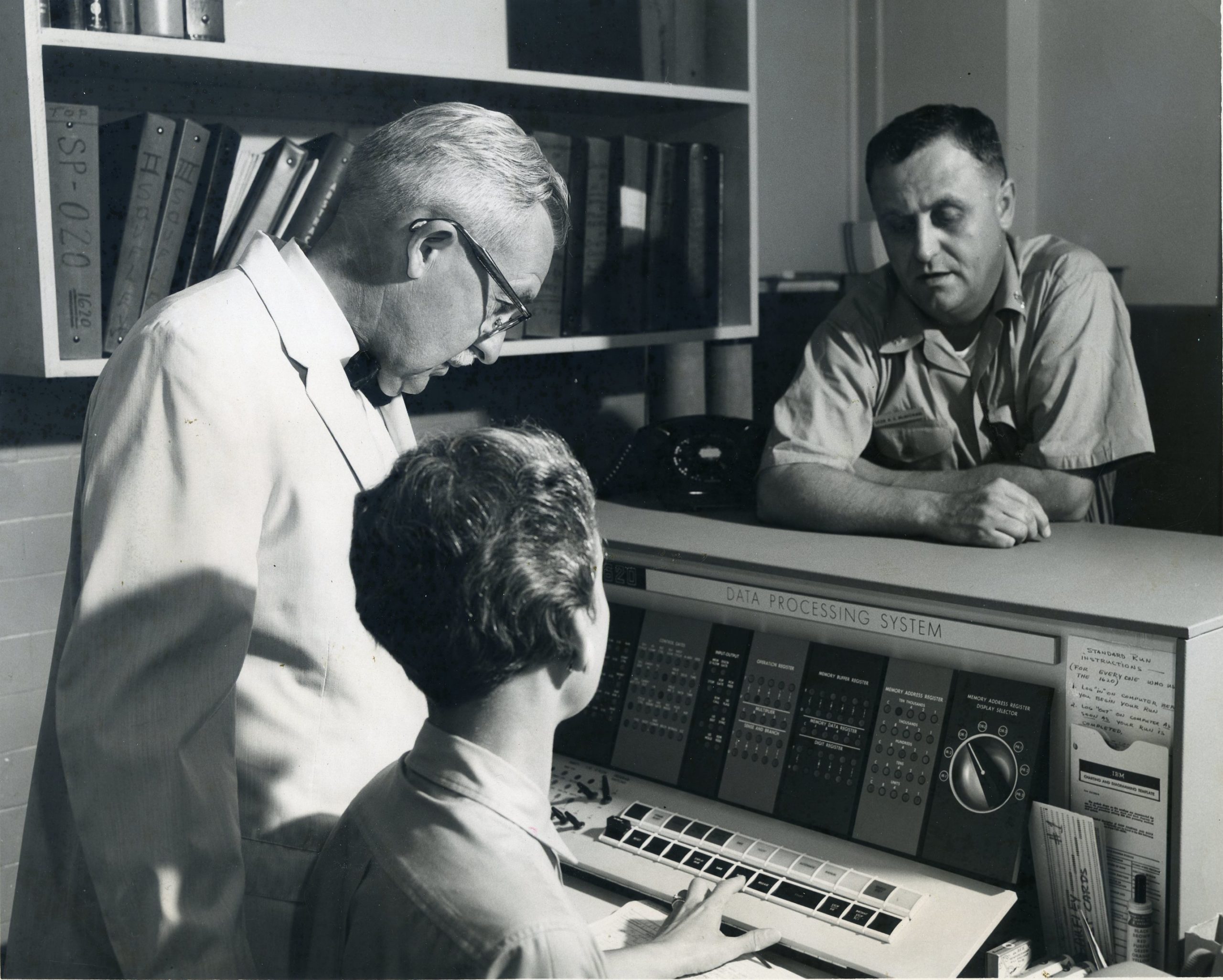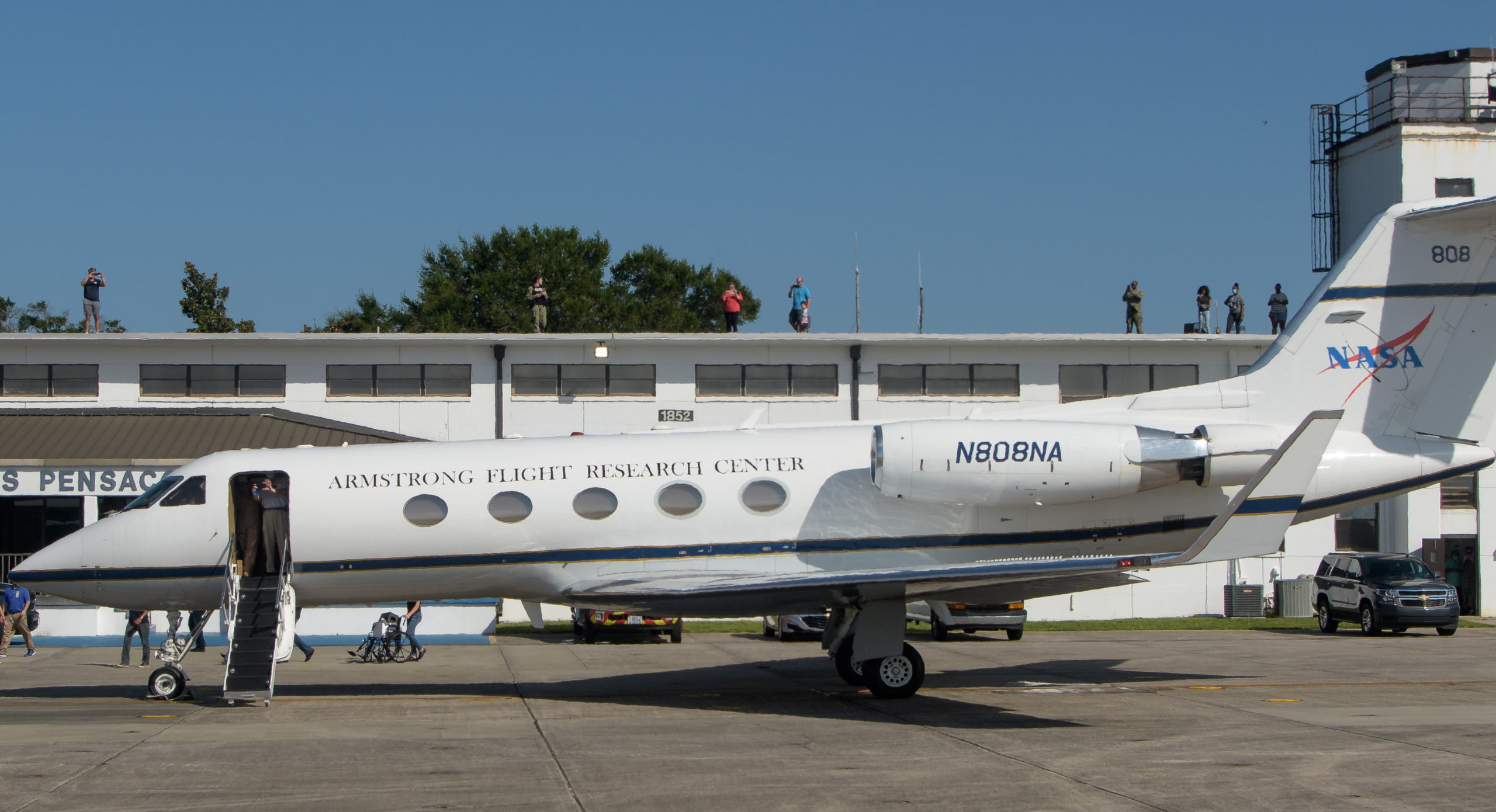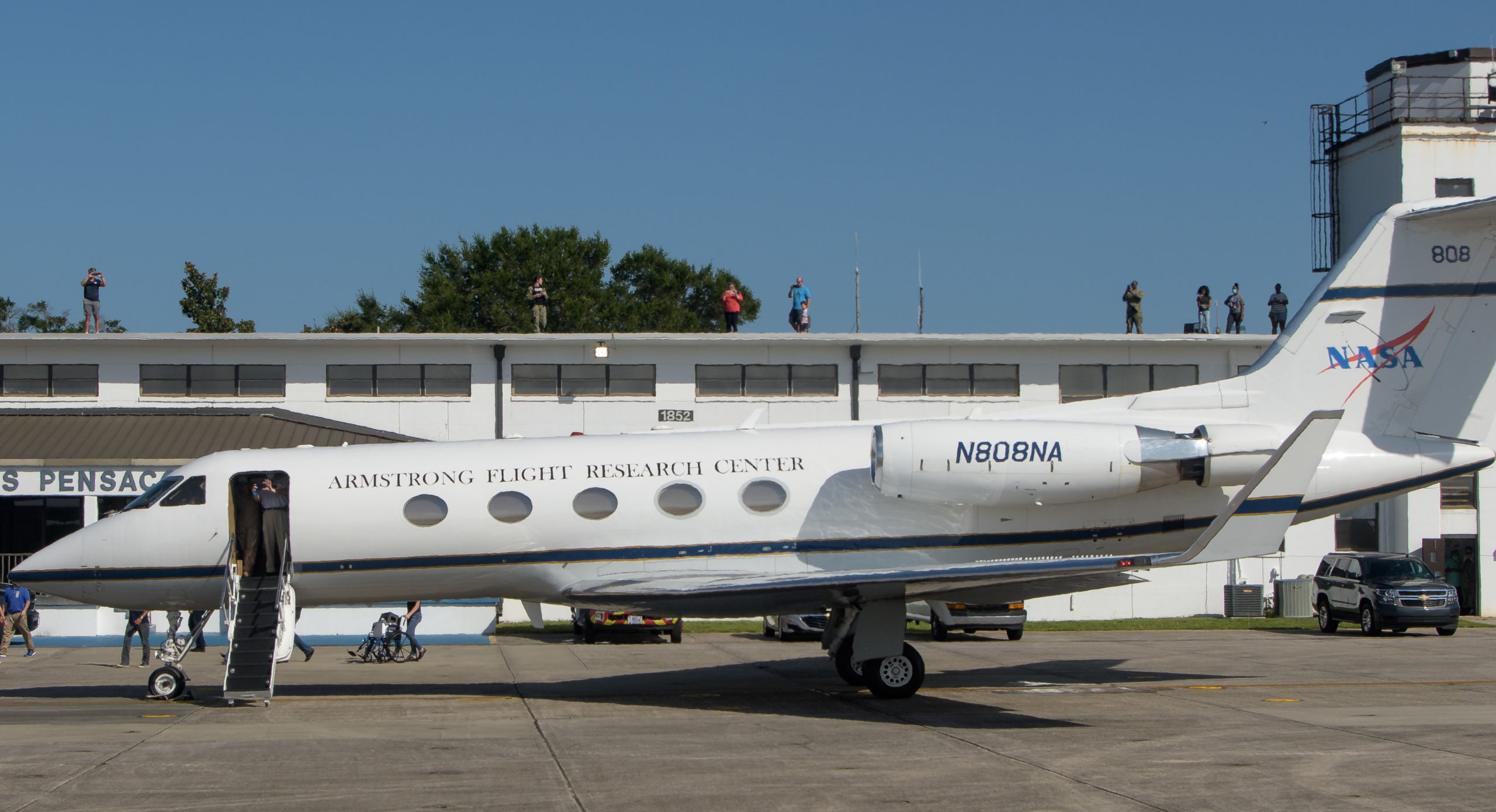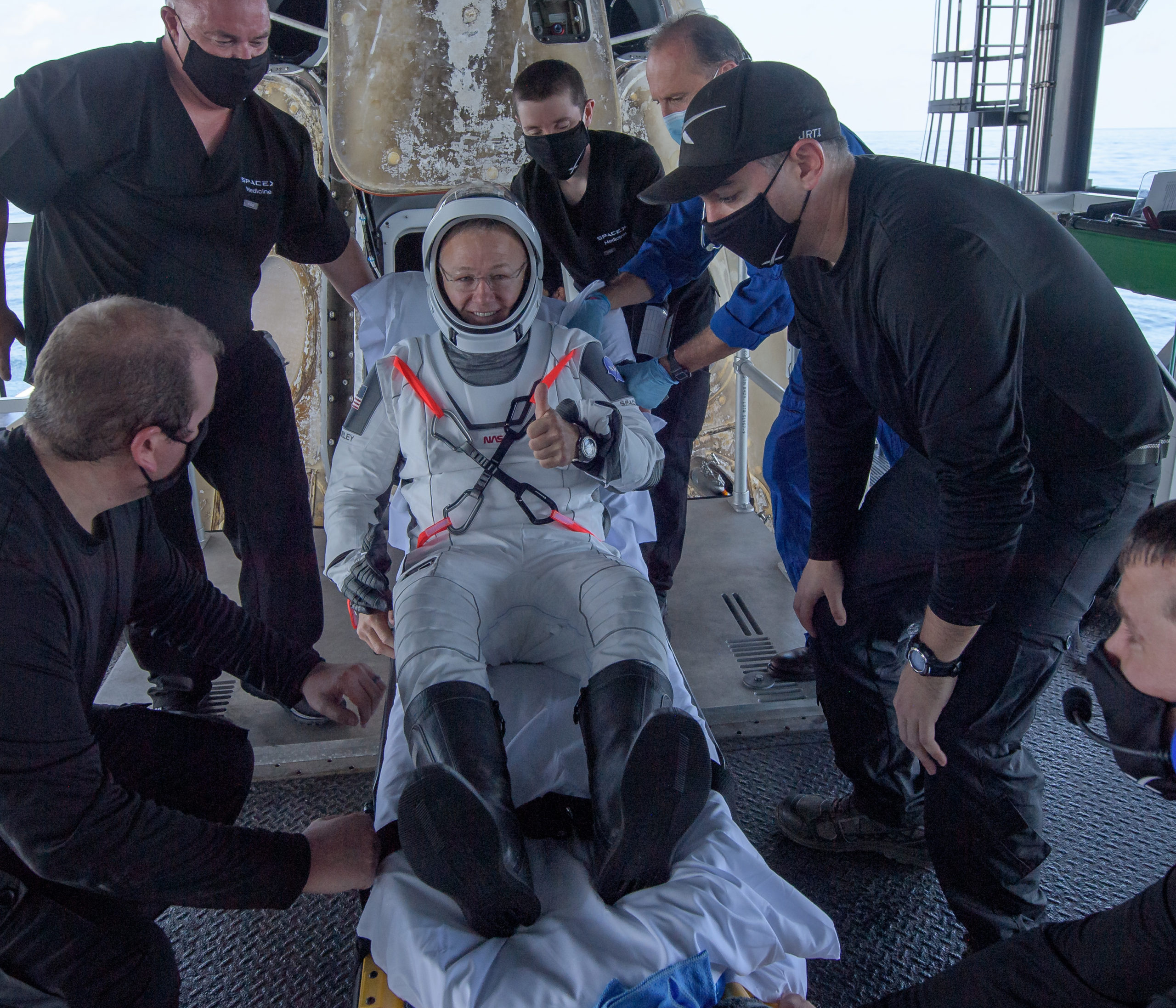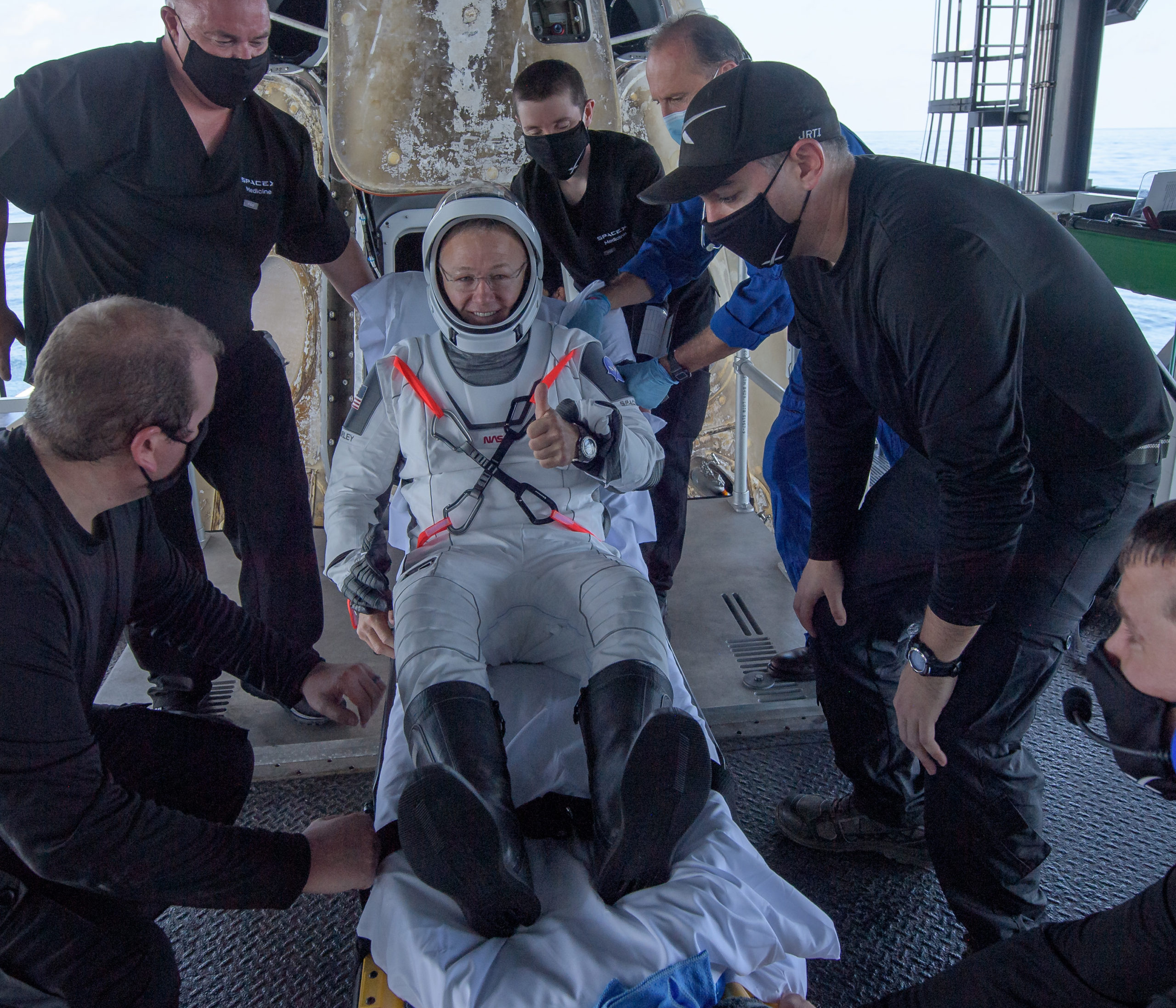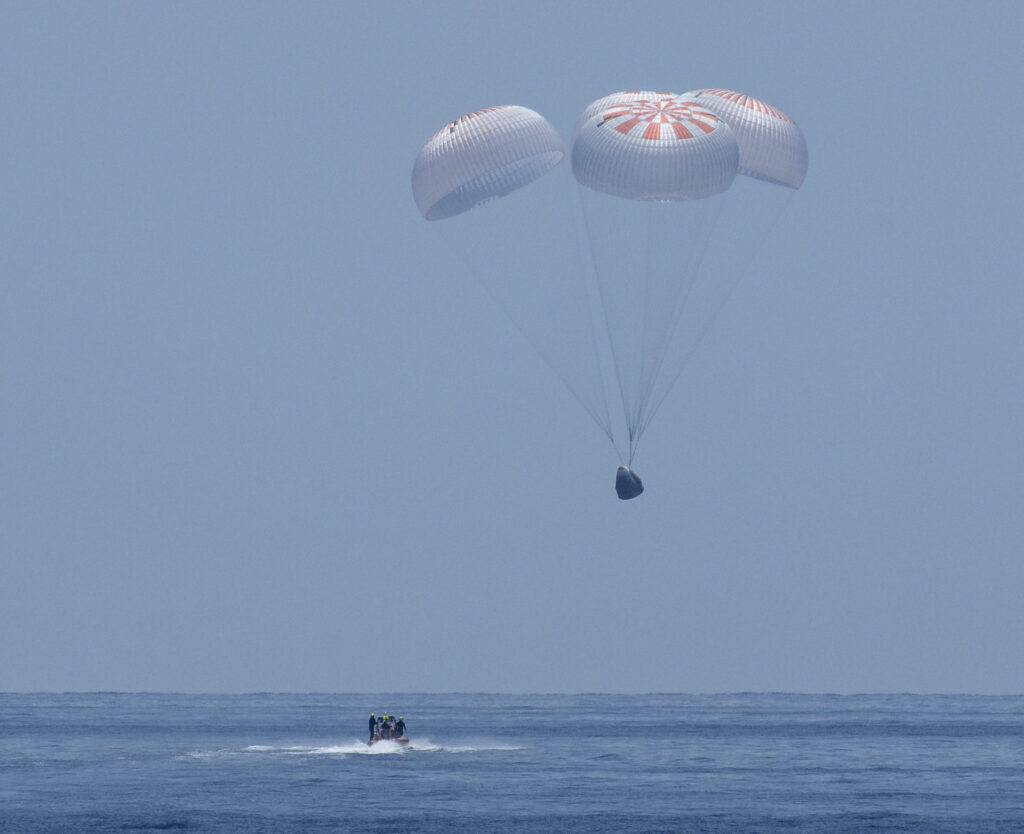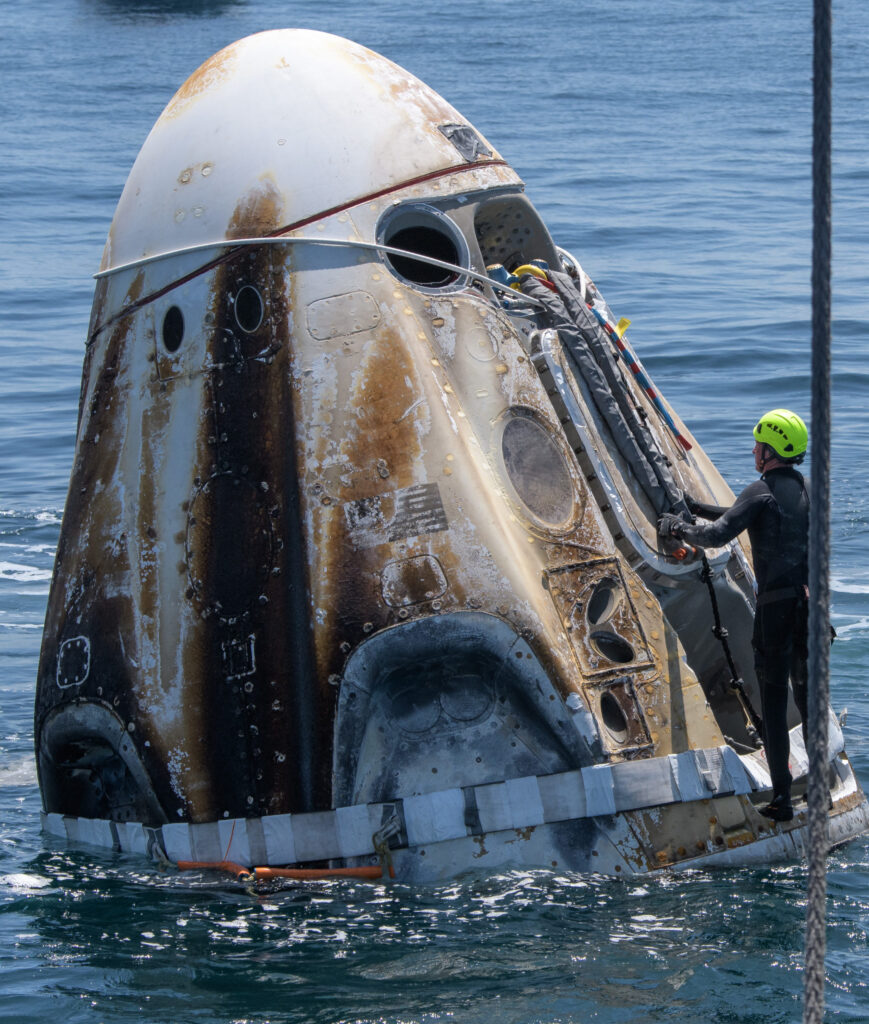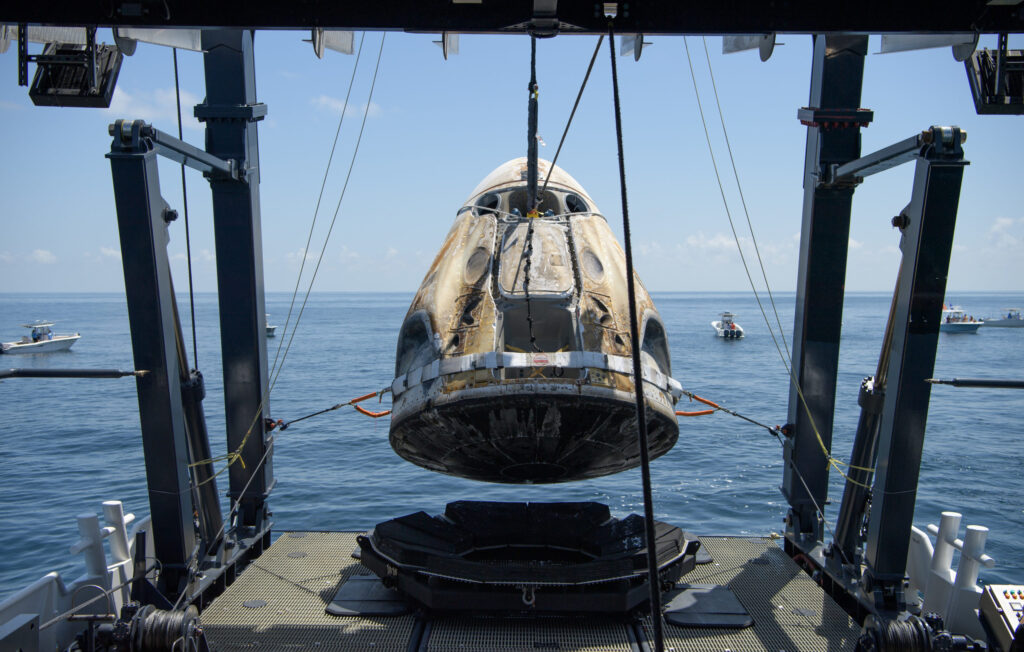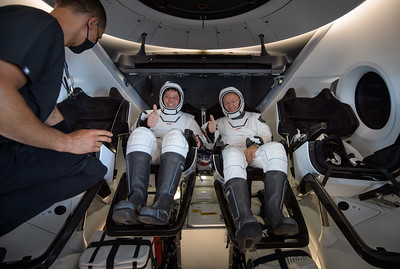Pensacola: America’s First Frontier Meets The Final One
Since the inception of the astronaut program, there have been around 100 Navy and Marine Corps astronauts who received some part of their training in Northwest Florida as either Naval Aviators, Naval Flight Officers, or Naval Flight Surgeons.
When Space X splashed down in Pensacola on August 1, 2020, it wasn’t Astronaut Doug Hurley’s first visit to Pensacola. Like so many other astronauts before him, including seven of the men who would later walk on the moon, Hurley trained for his aviation career here at NAS Pensacola. Known as the cradle of naval aviation and training, Pensacola has a long and rich history of supporting the space industry from its beginning. NAS Pensacola has been instrumental in the early flight training of the past, present, and future astronauts. Pensacola also led the way in cyberspace back in the days of cryptology in the early 1960’s. This has positioned Pensacola as a natural leader in Cybersecurity today with numerous operations at Corry Station. We know that the level of security necessary for these autonomous ships going into space is extreme and we are proud to be in a place where all of these industries merge together.
Since the inception of the astronaut program, there have been around 100 Navy and Marine Corps astronauts who received some part of their training in Northwest Florida as either Naval Aviators, Naval Flight Officers, or Naval Flight Surgeons.
From our first manned space flight, America’s space program is replete with astronauts who wore Wings of Gold:
- Alan Shepard, the first American in space
- John Glenn, the first American to orbit Earth
- Neil Armstrong, the first man to walk on the moon
- Jim Lovell, commander who brought the ill-fated Apollo 13 mission home safely
- Wally Schirra, only astronaut to fly in the Mercury, Gemini and Apollo space programs
- Eugene Cernan, the last man to walk on the moon
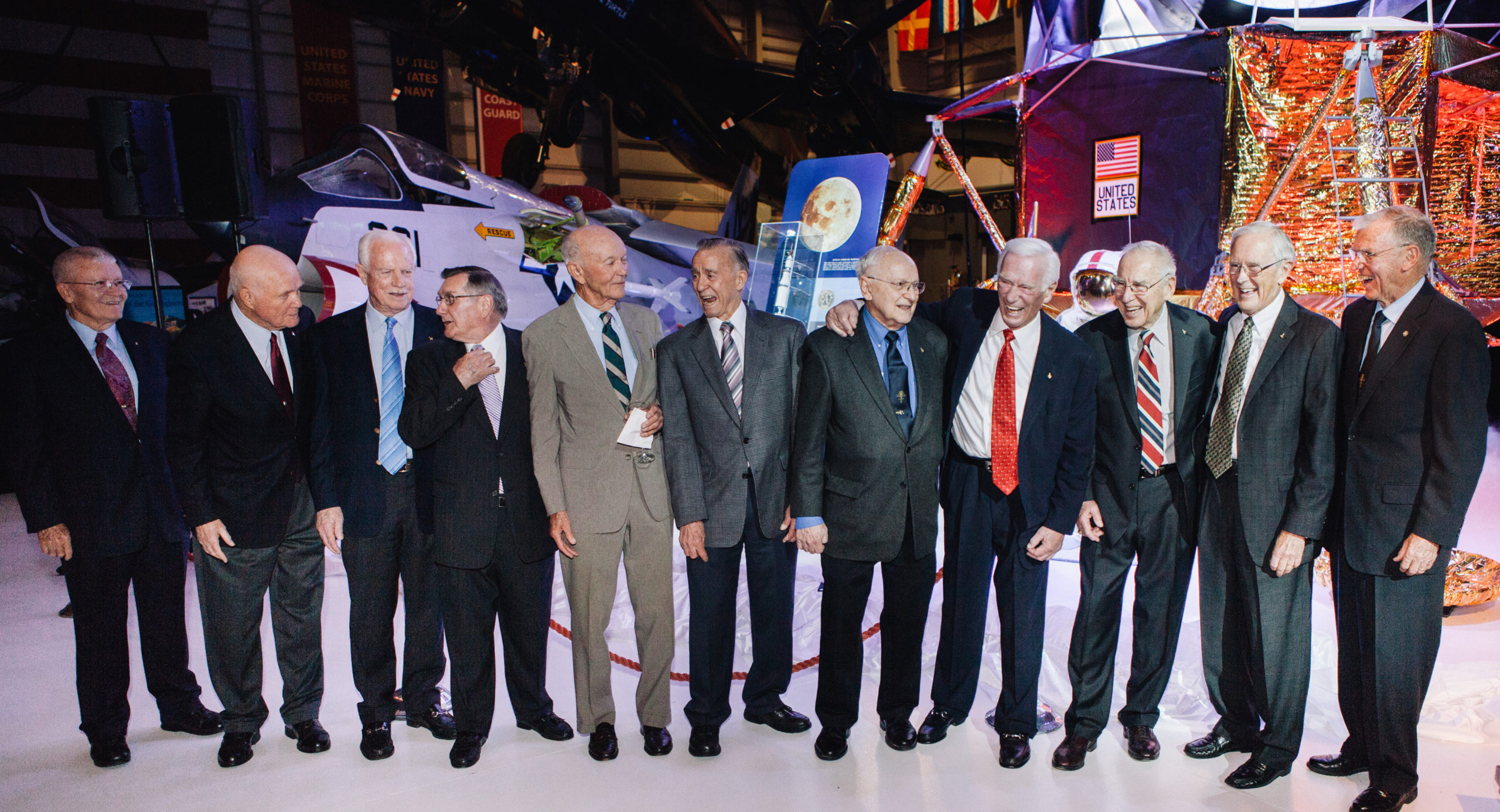
Until a few years ago all NASA astronauts completed water survival training at NAS Pensacola. When it comes to splashdowns of spacecraft, NAS Pensacola has ties going back to the Mercury program. The flotation collars that kept the spacecraft afloat once they hit the water were designed at NAS Pensacola by Dr. Donald Stulken. They were called “Stulken Collars.”
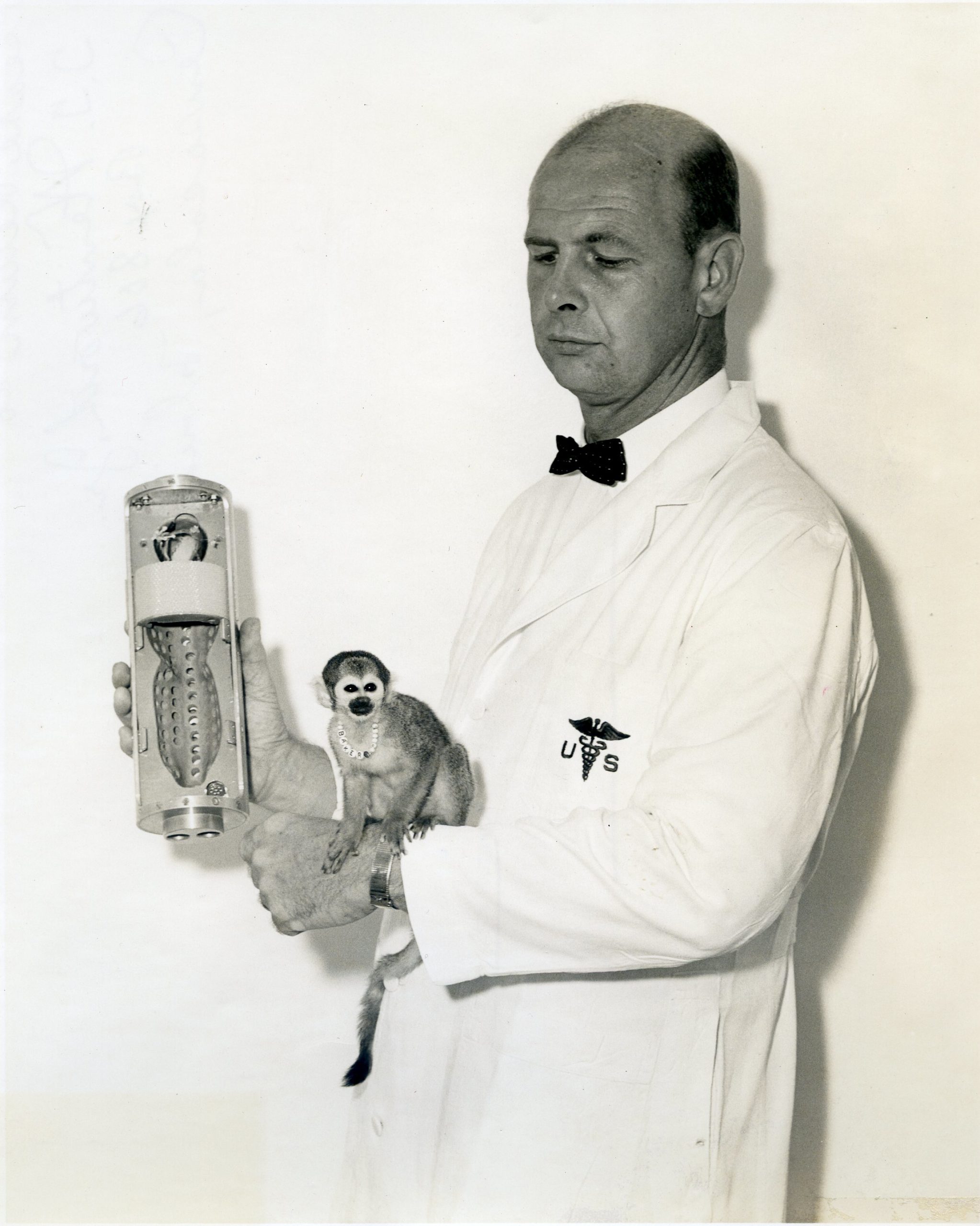
Photo: Dr. Donald Stulken with Miss Baker. Miss Baker was a squirrel monkey who was one of the first two monkeys to be launched by the United States into space and safely returned. Miss Baker also did her training in Pensacola and lived for many years at the NAS Pensacola.
Virgin Galactic
The interior of Virgin Galactic’s suborbital spaceliner SpaceShipTwo, including a Smart Multi-Function Display (ASD3124) was designed by Avalex Technologies of Gulf Breeze. Virgin Galactic, part of billionaire Richard Branson’s Virgin Group, designed SpaceShipTwo to carry people and payloads to suborbital space and back.
Avalex worked closely with the TSC engineering team to customize their COTS display unit with a specially designed bezel featuring both buttons and knobs, which will make it easier for pilots to use the units during both the high- and zero-gravity portions of the mission.
Blue Origin
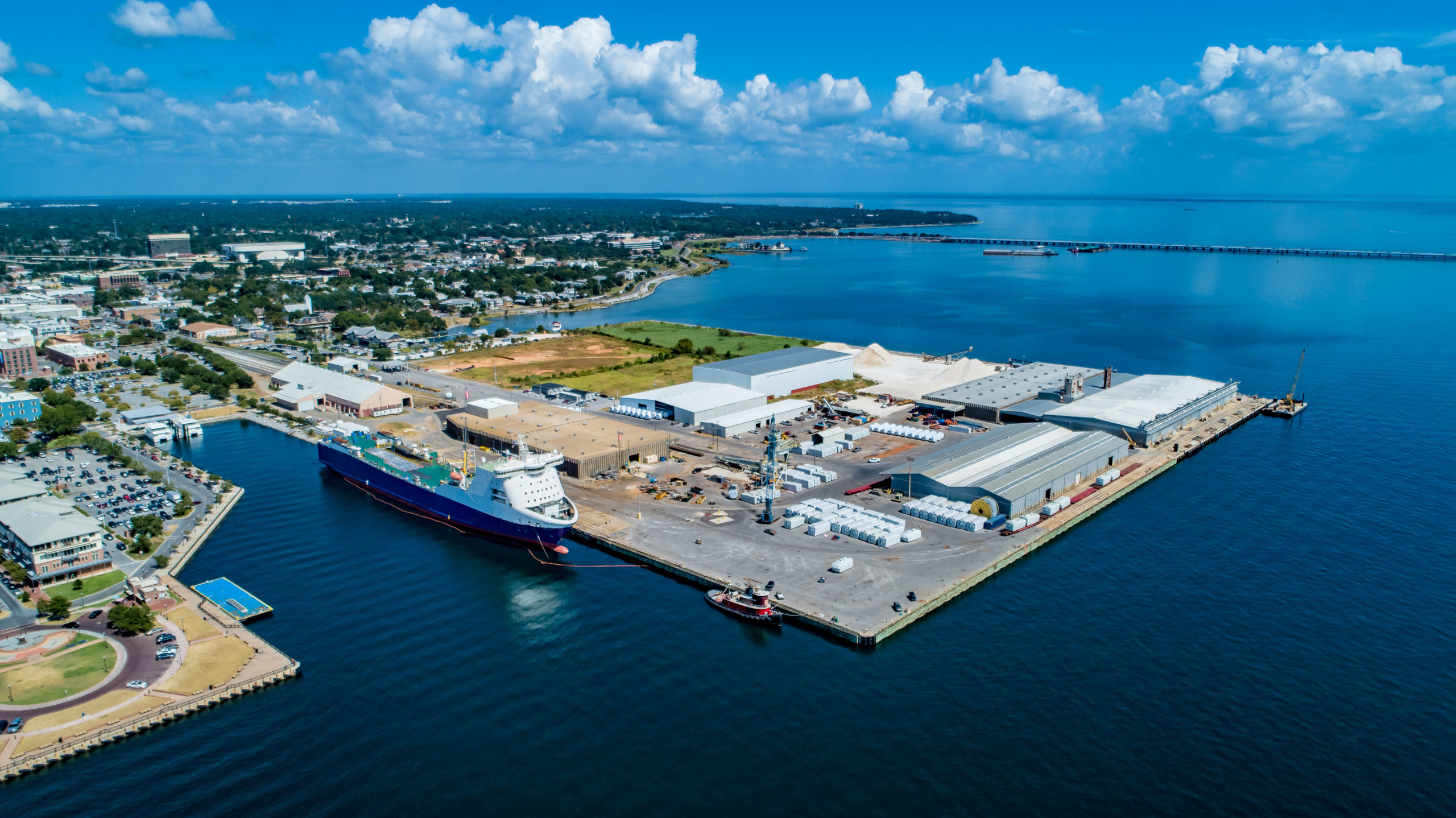
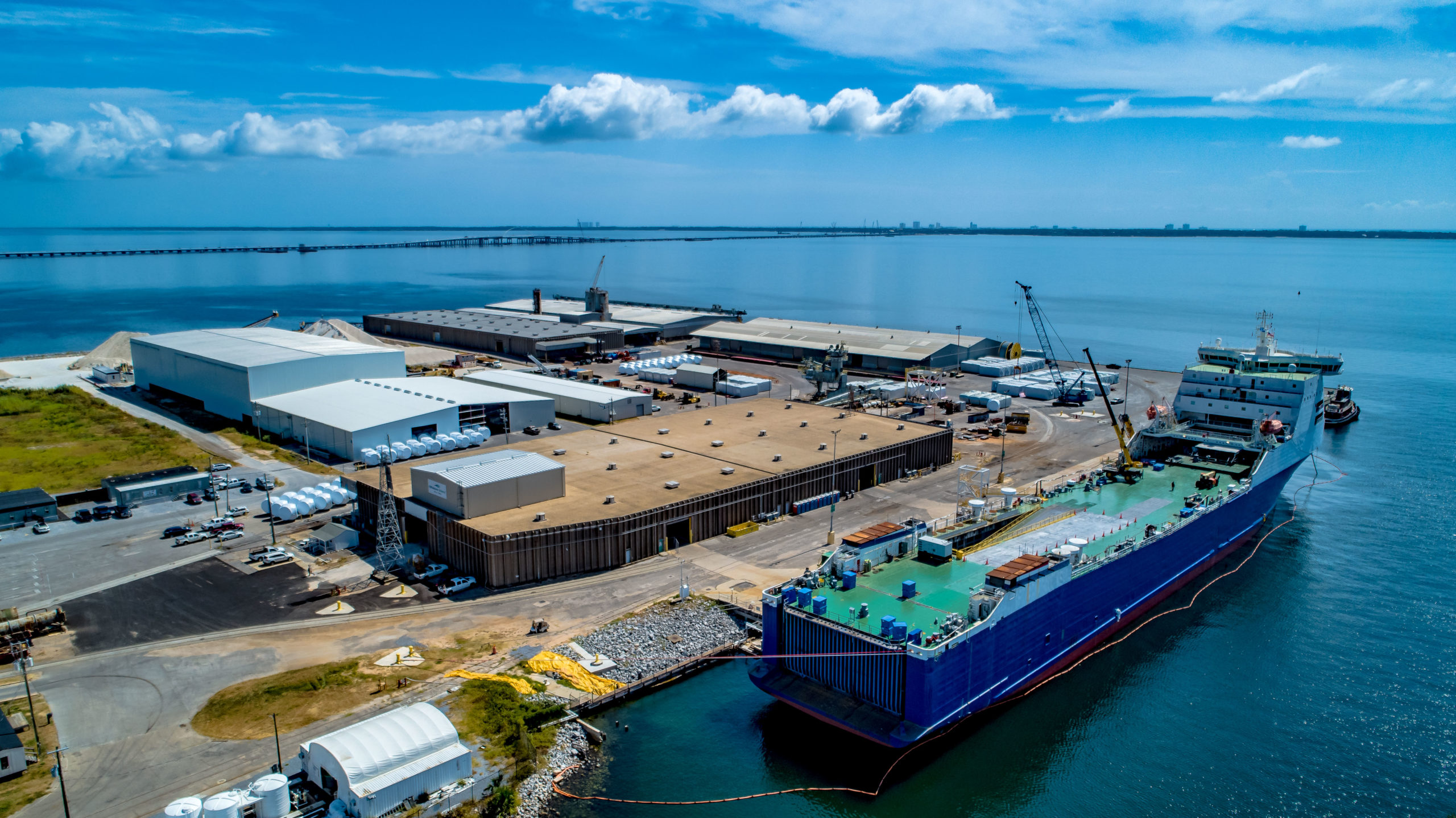
Blue Origin, Amazon CEO Jeff Bezos’ space company, has been here for over a year, working on a project to repurpose its ship at the Port of Pensacola into one that a rocket will be able to land on in the Atlantic Ocean. The Blue Origin landing platform (officially LPV) is a roll-on/roll-off cargo ship owned by Amazon CEO’s rocket and space technology company Blue Origin, purchased in 2018 for use as a floating landing platform for its New Glenn booster stage.
The ship is currently undergoing refit to prepare for its role of landing rockets, a process which should continue into 2021 when Blue Origin is planning to make the first orbital launch of the New Glenn rocket. New Glenn is named after astronaut John Glenn who got his training here in Pensacola.
Another of Blue Origin’s ships, the New Shepard, is named after Naval aviator and Mercury astronaut Alan Shepard, who did advance flight training in Pensacola and was the first American to go to space. The first man on the moon, Neil Armstrong, also trained right here in Pensacola.

